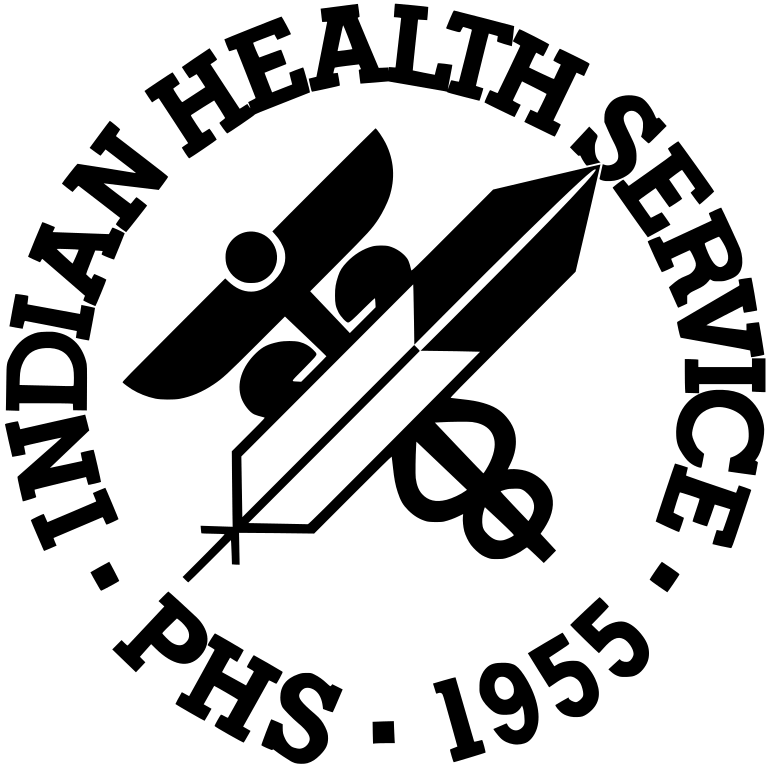About the Office of Quality
Office of Quality
The Office of Quality (OQ) provides leadership and direction for quality improvement and patient safety activities and oversees compliance and risk management throughout the agency.
Specifically, the office:
The Office of Quality (OQ) provides leadership and direction for quality improvement and patient safety activities and oversees compliance and risk management throughout the agency.
Specifically, the office:
(1) Advises the Indian Health Service (IHS) Director on assuring quality health care, maximizing the patient experience, and systematizing quality improvement activities to improve clinical outcomes and administrative processes.
(2) Develops and implements a strategic quality framework.
(3) Oversees accreditation readiness activities and compliance with accreditation requirements at all IHS Direct Service facilities.
(4) Conducts performance improvement, quality assurance, innovative thinking, and risk management training.
(5) Oversees IHS facilities and staff in intra-agency quality improvement activities.
(6) Advises on development and monitoring of quality assurance and governance metrics for health care delivery processes and outcomes.
(7) Develops programs to assess, address, and improve systems and processes to improve health care quality.
(8) Advises on compliance with relevant federal regulations and accreditation, and professional standards.
(9) Provides guidance for standardization of health care delivery policies, protocols, and governance.
(10) Advises and guides IHS patient-centered care processes, ensuring the engagement of patients as partners in care.
(11) Oversees the IHS Enterprise Risk Management (ERM) vision, culture, strategy, and framework and clinical risk management.
(12) Oversees and coordinates the agency’s efforts to establish and maintain proper internal controls.
(13) Ensures requirements are met under OMB Circular A–123.
(14) Develops programs to promote patient safety management and reporting systems and processes, sentinel event investigations/root cause analysis.
(15) Participates in cross-cutting issues and processes, including but not limited to, emergency preparedness/security, quality assurance, recruitment, budget formulation, self-determination issues, and resolution of audit findings as may be needed and appropriate.
The Office of Quality is organized into four Divisions. These are the Divisions at their functions:
Division of Quality Assurance and Patient Safety
(1) Develops and implements programs to promote sustained compliance with relevant federal regulations related to accreditation and professional standards for health care facilities.
(2) Manages and coordinates continuous accreditation compliance programs using multidisciplinary integration of survey readiness activities.
(3) Coordinates health care accreditation resource management.
(4) Tracks health care accreditation and certification survey reports.
(5) Develops and implements programs to manage credentialing standards and policy, acquires and maintains centralized credentialing software system, promotes unification of medical staff professionals (MSP), and promotes standardized training and support resources for MSP.
(6) Develops and implements policies and procedures to promote patient safety, infection control practices, and environment of care and life safety practices.
(7) Establishes policies and guidelines to reduce adverse events.
(8) Develops education and training related to the application of established patient safety and adverse event reporting systems and metrics.
(9) Establishes and maintains oversight mechanisms for incident identification and reporting, adverse events and good catches, comprehensive systemic analysis/root cause analysis process and documentation.
(10) implements strategies to improve patient and workforce safety.
(11) enhances collaborative communication to facilitate the sharing of best practices and learning related to identified risks and mitigation actions across the agency.
(12) identifies IHS and National patient safety trends and investigates positive and negative patient safety outcomes across the agency
(13) Provides patient safety consultation regarding industry standards, best practices, and development of policy, processes, and procedures.
Division of Innovation and Improvement
(1) Provides training on innovative thinking and performance improvement techniques.
(2) Provides training on empathy and relational intelligence to better understand colleagues and stakeholders and maximize teamwork.
(3) integrates innovative thinking into quality improvement and policy formation processes to stimulate rapid idea generation.
(4) Oversees training programs to increase quality improvement capacity and standardize improvement methodology to test small-scale changes at the local level.
(5) Reviews the use of health information technology and data to improve performance, quality, and service.
(6) Monitors patient and staff satisfaction with health care service delivery.
(7) Leads change management for practice transformation to embrace new models of care delivery and to enhance the efficiency of the care delivery process.
(8) Develops programs to promote the implementation of patient-centered care models.
(9) Coordinates sharing of best practices between Area Quality Managers and Service Unit Quality Assurance and Performance Improvement officers.
(10) Supports and promotes patient-centered care, including Patient and Family Engagement, and promotes the unification of Area Quality Managers and Service Unit Quality Assurance and Performance Improvement Officers.
Division of Enterprise Risk Management
(1) Oversees and coordinates the IHS ERM vision, culture, strategy, and framework.
(2) Develops goals and objectives for the ERM program, integrated with broader IHS-wide strategic goals/objectives, and tracks progress toward achieving them.
(3) Coordinates the development of risk policy, including a risk appetite statement, to guide Agency decision-making and documentation related to risk.
(4) Advises and collaborates in the development of the IHS ERM portfolio of enterprise risks and ensures appropriate and effective management by accountable individual risk owners.
(5) Integrates risk assessment activities across the IHS risk portfolio.
(6) Advises on ERM and provides expertise, advice, and assistance to the agency leadership on compliance matters.
(7) Provides guidance and training on the risk management process and prioritization.
(8) Facilitates the governance policy, process, and reporting to establish consistency and quality of documentation of fiduciary responsibilities of governing bodies.
(9) Oversees tracking of high-risk administrative, clinical, or personnel incidents to ensure appropriate local and agency-wide response, timely closure, assessment of internal controls, and review of case studies to promote a safety culture based on risk-awareness.
(10) Collaborates with key HQ Offices to ensure consistency in cross-cutting agency strategic planning, ERM, and management of internal controls across IHS.
(11) Collaborates with the strategic planning process to integrate risk management and strategic thinking.
(12) Reviews tort claims files.
(13) Represents the IHS when claims are presented for review by the Malpractice Claims Review Panel chartered by the HHS and assists providers with Malpractice Claims Review Panel interactions.
(14) Submits payment reports to the National Practitioner Data Bank.
(15) Maintains case files and a malpractice claims database.
(16) Provides case summaries, peer review, outcome information, and feedback on risk management recommendations.
(17) Disseminates information about the review process.
(18) Responds to outside organizations requesting tort claim-involvement histories on former employees.
(19) responds to Tort Claims inquiries from governmental agencies, media, Tribal and Urban Indian organizations, and advocacy groups with the Office of General Council guidance.
Division of Compliance
(1) Coordinates the IHS’s compliance program.
(2) Provides training on controls.
(3) Integrates innovative thinking into quality improvement and policy formation processes to stimulate rapid idea generation.
(4) Oversees and institutionalizes a continuous compliance review process.
(5) Manages goals and objectives for the Compliance program, integrates them with broader IHS-wide strategic goals/objectives, and tracks progress toward achieving them.
(6) Evaluates and monitors systems of internal control across IHS and uses the assessments of the internal control program as an integral part of ERM to effectively manage risks across IHS.
(7) Serves as the IHS liaison office to the Government Accountability Office (GAO) and Office of Inspector General (OIG).
(8) Coordinates the development, clearance, and transmittal of IHS responses and follow-up to reports issued by the OIG, the GAO, and other federal internal and external authorities reviewing risk management and internal controls.
(9) Provides leadership and direction on activities for continuous improvement of management accountability and administrative
(10) Oversees and coordinates the annual development and submission of the agency’s federal Activities Inventory Reform Act report to the HHS.

Quality Portal
The IHS Quality Portal provides a collaborative learning environment to support quality improvement and Patient-Centered Medical Home (PCMH) education and resource sharing. The Quality Portal is a password-protected area where staff from IHS, Tribal and Urban Indian Organizations (I/T/U) facilities can share Quality Improvement (QI) resources and event listings, consult with subject matter experts and discuss QI questions and pathways to PCMH recognition.
Log in to the Portal — or register for access.


